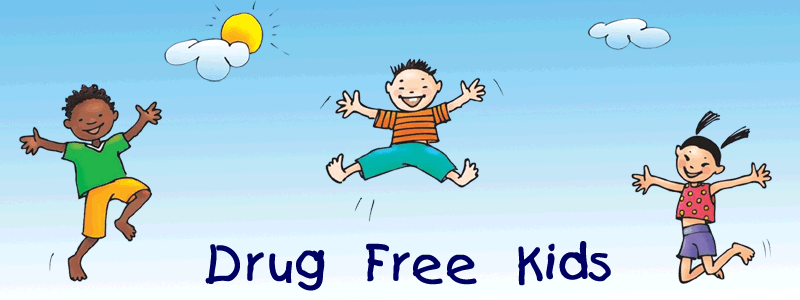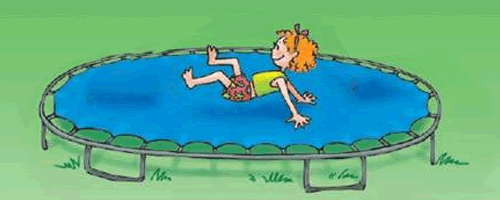
ICE |
|||||||
"What is it?" |
|||||||
|
|||||||
Common Names |
|||||||
|
|||||||
Short Term Effects |
|||||||
|
|||||||
Long Term Effects |
|||||||
|
|||||||
 |
References |
||||||
The Ice Epidemic, 60 Minutes, Channel 9, 10 September 2006 http://www.kidshealth.org/kid/grow/drugs_alcohol/know_drugs_meths.html - Robert B. Lembersky, MD Feb. 2006 http://www.soberliving.com/addictions/methamphetamines.html http://www.webinfo-net.com./drug_rehab.htm http://www.stopdrugs.org/methamphetamines.html http://www.oehha.ca.gov/Methamphetamine Fact Sheet http://en.wikipedia.org/wiki/Methamphetamine http://www.freevibe.com/Drug_Facts/meth.asp Illicit Drug Data Report 2004-05, Australian Crime Commission April, 2006 http://www.teendrugabuse.us/methamphetamine.html Drug Advisory Council of Australia – The Ice Epidemic, 18 September 2006 Bratter, Thomas E. and Forrest, Gary G: Alcoholism and Substance Abuse Strategies for Clinical Intervention.New York: The Free Press, 2000. p. 349 Sunday Mail, Adelaide, 29 April 2007 “Drug Information” Narconon International 2002. 17, Nov. 2004 http://www.narconon.org/druginfo/methamphetamine_meth.html Melbourne Herald Sun 30 October 2006 Sydney Morning Herald 28 July 2005 Page 3 Patterns and Trends of Amphetamine Stimulants and Other Drugs of Abuse in East Asia and the Pacific 2005 Melbourne Herald Sun 2 April 2007 http://www.drugsdriving.adf.org.au/ KCI – The Anti-Meth Site: http://www.kci.org/meth_info/meth_facts.htm Drug Advisory Council of Australia – Sharp Rise in Drug Psychosis, 16 April 2007 Drug Advisory Council of Australia – Drug Violence, 6 November 2006 http://nefn.org/Meth.html |
|||||||
Last updated: Tuesday, 28 January, 2014 |
|||||||


